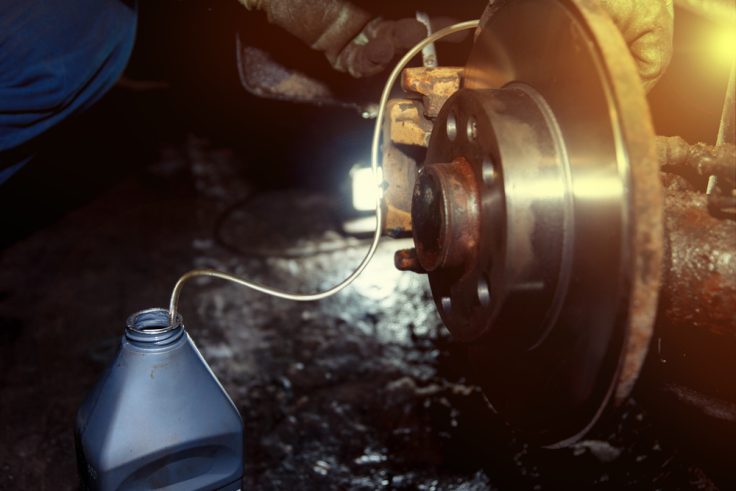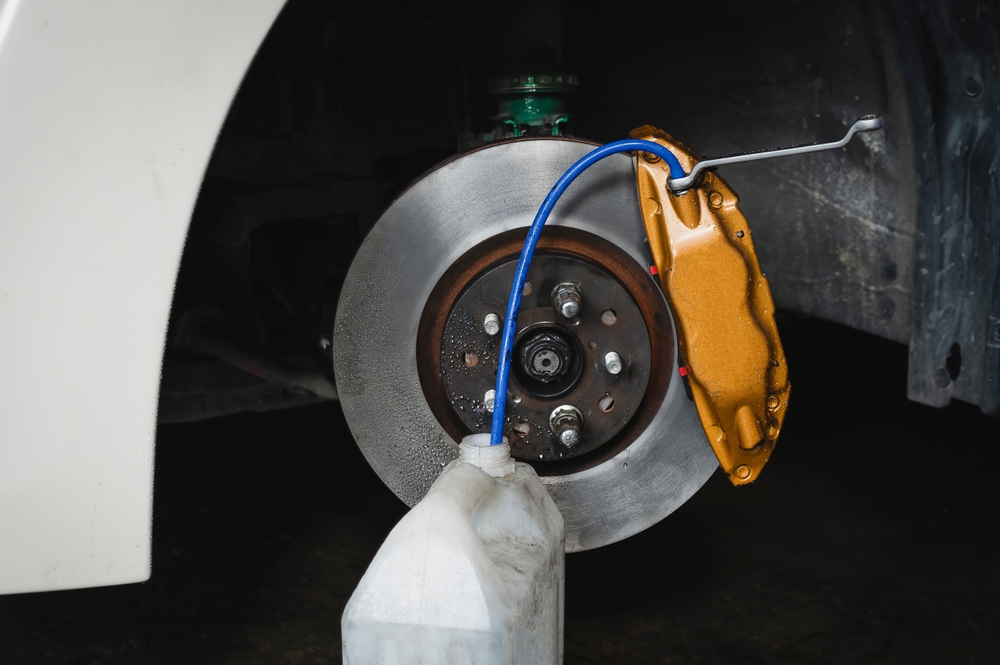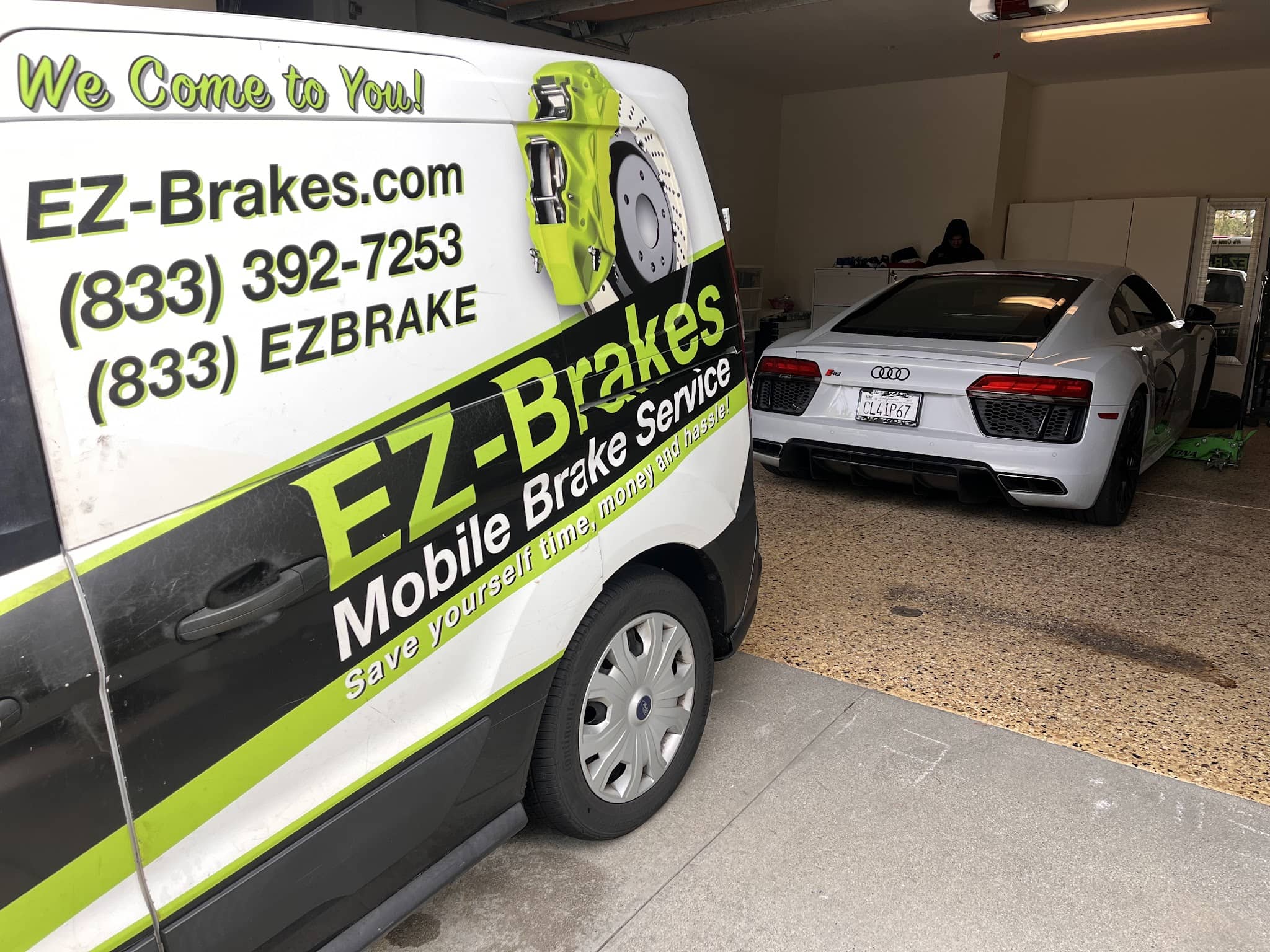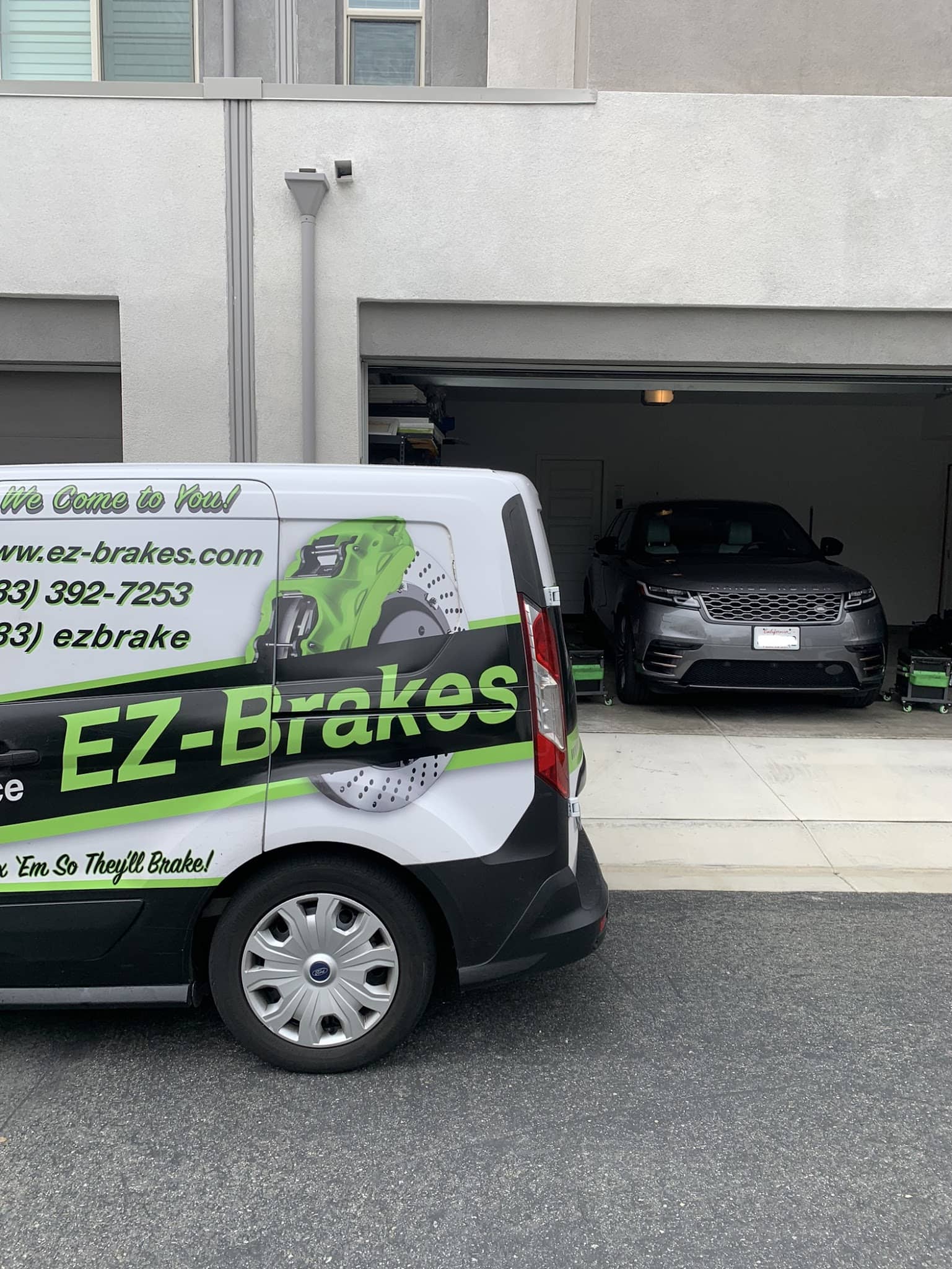Bleeding your brakes is essential to keep your vehicle safe, but it’s not as simple as opening a valve and watching the fluid flow. At EZ-brakes, we’ve seen countless cases where improper technique led to spongy brakes, reduced stopping power, or even damage to the brake system.
Whether you’re working solo or with a helper, this guide breaks down the common mistakes when bleeding brakes, offers smart tricks to bleeding brakes, and explains if and when it’s possible to learn how to get air out of brake lines without bleeding.
Read More: How to Do Brake Bleeding
Why Brake Bleeding Matters More Than You Think
Your brakes work on a hydraulic system, which relies on the transfer of fluid, not air, to function. Even a small air bubble in the lines can make your pedal feel soft or delay stopping time. That’s why careful bleeding is necessary after replacing brake pads, opening the brake system, or flushing out old fluid.
Mistake #1: Using the Wrong Brake Fluid
Brake fluid isn’t “one-size-fits-all.” Your car may require DOT 3, DOT 4, or something more specific.
Why It’s a Problem
Mixing incompatible fluids or using fluid that has absorbed moisture from the air can lower your boiling point, leading to brake fade or total failure under stress. Worse, old or contaminated fluid can damage internal brake components.
Avoid This By:
• Checking your vehicle’s manual before buying brake fluid.
• Never mixing DOT types unless the manufacturer allows it.
• Always using sealed bottles of fresh fluid.
Mistake #2: Bleeding in the Wrong Sequence
Your car’s brake system may be diagonal or front-to-rear split. Bleeding the wrong corner first often leaves air in the system.
What’s the Right Way?
For most vehicles, the standard sequence is:
- Right rear
- Left rear
- Right front
- Left front
However, your vehicle’s service manual is the best source of truth. Bleeding in a different sequence can leave air in the lines, even if it seems like the fluid runs clear.
Mistake #3: Letting the Master Cylinder Run Dry
This is one of the fastest ways to ruin your brake bleeding progress.
Why It’s Serious
When the fluid level in the reservoir drops too low, you allow air to enter the master cylinder. This often leads to spongy brakes and may require you to start over completely.
EZ-brakes Pro Tip: Keep the reservoir cap loosened (but on) and check levels frequently. If you’re bleeding brakes by yourself, stop every few pumps to check.
Mistake #4: Using Low-Quality Tools or No Tools at All
Yes, it’s possible to bleed brakes with just a wrench and some tubing, but it’s far from ideal.
Invest in Proper Equipment
• A pressure bleeder is ideal for bleeding brakes by yourself.
• A vacuum bleeder helps draw air and old fluid out more efficiently.
• Even gravity bleeding has its place, though it’s slower.
Trying out different tricks to bleeding brakes can help you find what works best for your vehicle and situation. Regardless of your method, good-quality tools reduce mistakes.
Mistake #5: Not Test Driving or Re-Bleeding Afterward
The process doesn’t end when the fluid turns clear.
Why You Should Always Test Drive
Air bubbles can migrate through the system during driving, especially after a fluid flush. If the pedal feels soft, travel distance is too long, or braking feels delayed, you probably have trapped air.
Recheck all four corners and re-bleed if needed, especially if you noticed uneven fluid flow at any stage.
Tricks to Bleeding Brakes Efficiently
Over the years, our mechanics have picked up several tricks to bleeding brakes that make the job smoother and more effective.
Top Tips:
• Use clear tubing to monitor bubbles during the bleed.
• Elevate the catch container above the bleeder screw to prevent backflow.
• Tap calipers lightly with a rubber mallet to dislodge stubborn bubbles.
• Always start with the furthest caliper from the master cylinder.
If you’re bleeding brakes by yourself, set everything up before opening the first bleeder screw, and go slowly. Rushing leads to mistakes.
Bleeding Brakes By Yourself: What You Need to Know
You don’t always need a helper, bleeding brakes by yourself is entirely doable with the right gear.
Recommended Setup:
• A one-man brake bleeder kit with check valves
• A pressure bleeder that attaches to your master cylinder
• Wheel ramps to lift your car safely
• Wrenches and fresh brake fluid
If you’re working solo, double-check the tightness of every bleeder screw, and be methodical about tracking which corners you’ve completed. It’s easy to forget where you left off.
How to Get Air Out of Brake Lines Without Bleeding
It’s a common question, can you learn how to get air out of brake lines without bleeding? In a limited sense, yes, but only for minor issues.
Situational Workarounds:
• Gravity bleeding: Leave the bleeder screws open and let fluid drip slowly over time. It’s passive but works for small air bubbles.
• Pump and hold method: Gently press and release the brake pedal with the reservoir open, watching for bubbles to rise.
• Crack-and-close bleeding: With a helper, open each valve just slightly while pressing the brake, then close before releasing the pedal.
While these methods may help in low-risk scenarios, they are not substitutes for full bleeding. When in doubt, do it right, or have EZ-brakes do it for you.
FAQ About Common Mistakes When Bleeding Brakes
WHAT HAPPENS IF I USE THE WRONG BLEEDING ORDER?
Bleeding in the wrong order, like starting at the right front instead of the right rear, can trap air in the system and undo your work.
CAN I REALLY BLEED BRAKES ALONE?
Yes! Bleeding brakes by yourself is practical with the right setup, like a vacuum or pressure bleeder. Just go slow and double-check fluid levels often.
WHY DOES MY BRAKE PEDAL STILL FEEL SPONGY?
You likely still have air in the lines. Re-check your bleeding sequence and make sure you didn’t let the reservoir run dry.
ARE THERE SHORTCUTS OR TRICKS TO BLEEDING BRAKES?
Yes. Use clear tubing, tap calipers to dislodge bubbles, and keep your reservoir capped but accessible. These tricks to bleeding brakes can improve your results.
IS THERE A WAY TO REMOVE AIR WITHOUT BLEEDING?
In minor cases, yes. Some drivers try how to get air out of brake lines without bleeding using gravity or pedal cycling, but it’s not a substitute for full bleeding.
Conclusion on Common Mistakes When Bleeding Brakes
Avoiding the common mistakes when bleeding brakes saves time, ensures safer driving, and extends the life of your entire brake system. Whether you’re learning new tricks to bleeding brakes, considering bleeding brakes by yourself, or curious about how to get air out of brake lines without bleeding, always approach brake maintenance with caution and care.
At EZ-brakes, we make safety simple. Our professional services take the guesswork out of brake repairs and bleeding. Whether you’re in the garage or want the job done right the first time, we’re here to help.
For expert brake service you can trust, schedule a visit with EZ-brakes today.





